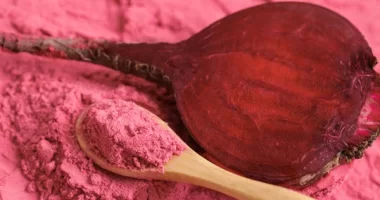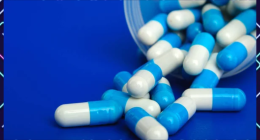Rainy season can make you susceptible to eye infections as the moisture content in the air creates a favourable condition for germs to grow and multiply.
Are you unable to focus on work owing to redness or dry eyes? Cannot perform your daily chores with ease owing to eye irritation or discharge? Then, you may be suffering from an eye infection, and you can blame it on the monsoon. Yes, that’s right! Monsoon is pleasing, but it also brings along a plethora of health problems. The rainy season can make you susceptible to eye infections as the moisture content in the air creates a favourable condition for bacteria, viruses and other germs to grow and multiply.
Dr. Raaj Kumar Jain, Ophthalmologist, House of Doctors, tells us more about monsoon-related eye infections as well as some fool-proof tricks to take care of your peepers. Read on to know more about common eye problems during monsoon and take charge of your eyes.
Common Eye Infections During Monsoons
Monsoon can make you happy, after all, you get to relax, and enjoy tea and pakodas. But it can also be annoying as you may be prone to eye infections. “Yes, just like skin problems and allergies, eye infections are a common occurrence during these blissful rainy days as the air gets filled with bacteria and viruses,” Dr. Jain said.
Common eye problems that people face during the rainy season are:
Conjunctivitis (pink eye): It is an inflammation or swelling of the conjunctiva (the transparent membrane that covers the outer surface of your eye). It can spread from one individual to another owing to the increasing amount of moisture content in the air. The red flags of it are redness of the eye, swelling, discharge, eye itching, and pain.
Eye stye: A stye is also a bacterial infection that can give you a tough time during rainy days.
It occurs as a lump on the eyelid when the small glands near the base of your eyelashes get clogged and the bacteria multiply in that small space not having any place to go. Due to rains; the dust particles and other substances in the eye can get caught in these glands which make it a very good nidus for the bacteria. The basic symptoms of Stye are pus discharge, redness over eye lids, unbearable pain and bump in the eye.
Dry Eyes: This can result from exposure to dust and pollutants that are more common with the monsoons.
Corneal Ulcer: Commonly caused due to infection with bacteria, viruses, fungi, or a parasite, a corneal ulcer occurs as a painful, red eye, with mild to severe eye discharge and reduced vision. It should be treated in time to avoid complications.
Eye twitching: Optician warns spasms could be a sign of brain and nervous system disorders
Eye Care Tips For Rainy Season
“Do not neglect eye infection, seek prompt treatment, and give that much-needed attention to your peepers,” advised Dr. Jain.
He suggested some eye-friendly tips to follow during rainy days, and keep your vision intact. These are:
- Don’t forget to wash your hands and avoid hand-to-eye contact to keep eye infections at bay. Avoid rubbing the eyes with fingers as they contain germs and can lead to an infection.
- Do not share your towels, napkins, or handkerchiefs with anyone doing so can raise your risk of suffering from eye infections.
- Eye make-up is a strict No No when you have an eye allergy or infection.
- Do not use any chemical products like rose water in your eyes. It can do more harm than good.
- Blinking can allow you to manage dry eyes problem. Drink plenty of water, and follow the 20-20-20 rule that is after every 20 minutes, you need to take a 20-second break to focus your eyes on something placed 20 feet away to relax your eyes, and calm you down.
- Use sunglasses when you venture out of the house. Avoid exposing your eyes to rainwater as it is loaded with germs, and bacteria and can set a stage for infections.
- Do not touch your eyes immediately after touching any contaminated surfaces with bacteria and germs such as door handles, faucets, furniture or countertops.
- Use eye drops or lubricants as prescribed by the doctor. Using over-the-counter products is not recommended at all. Be careful and take care of your eyes.
This post first appeared on The Health Site








